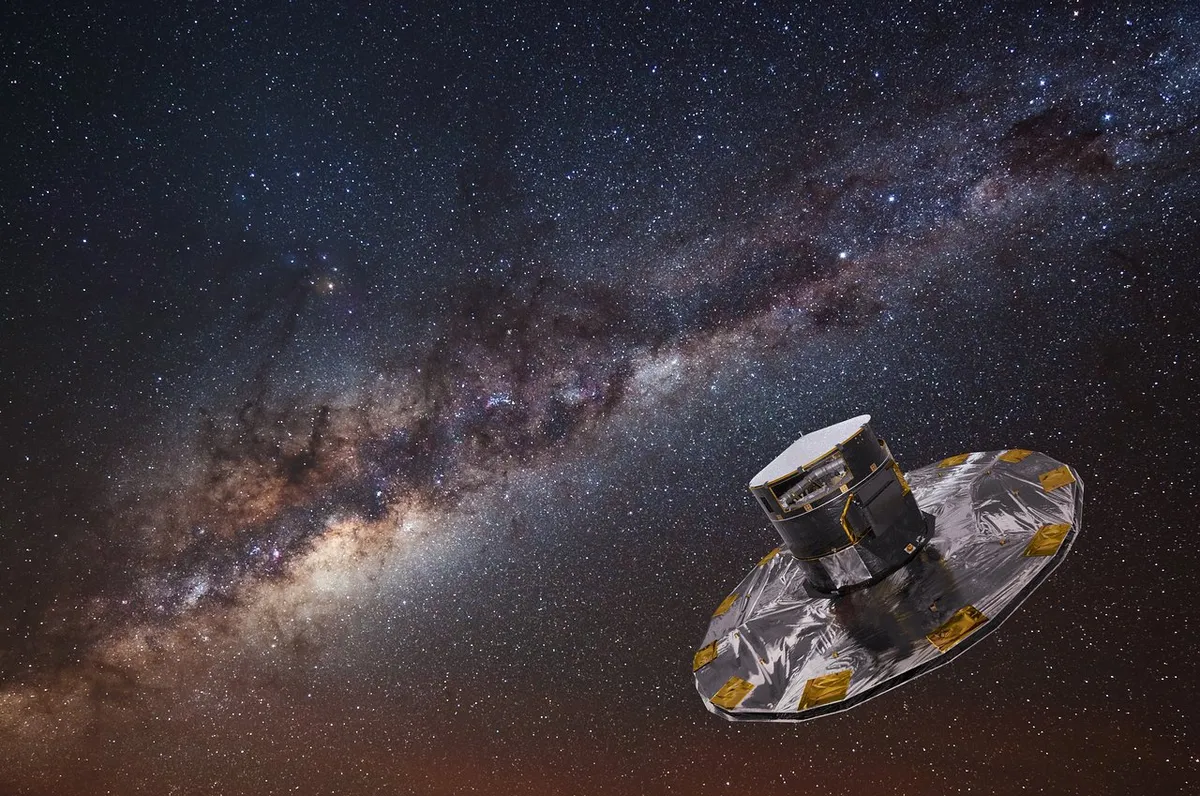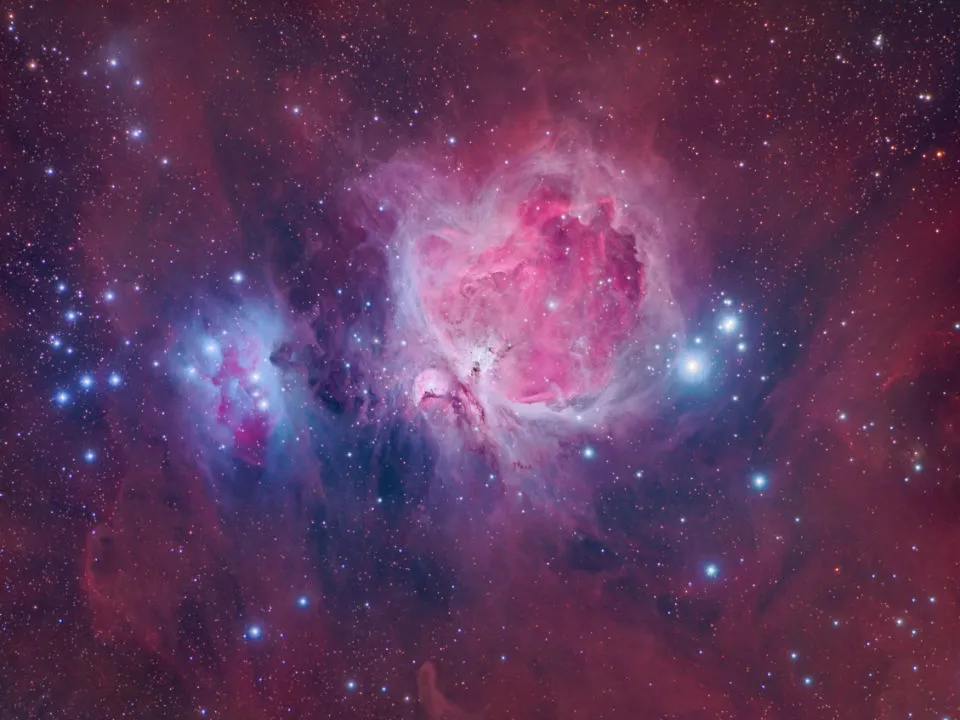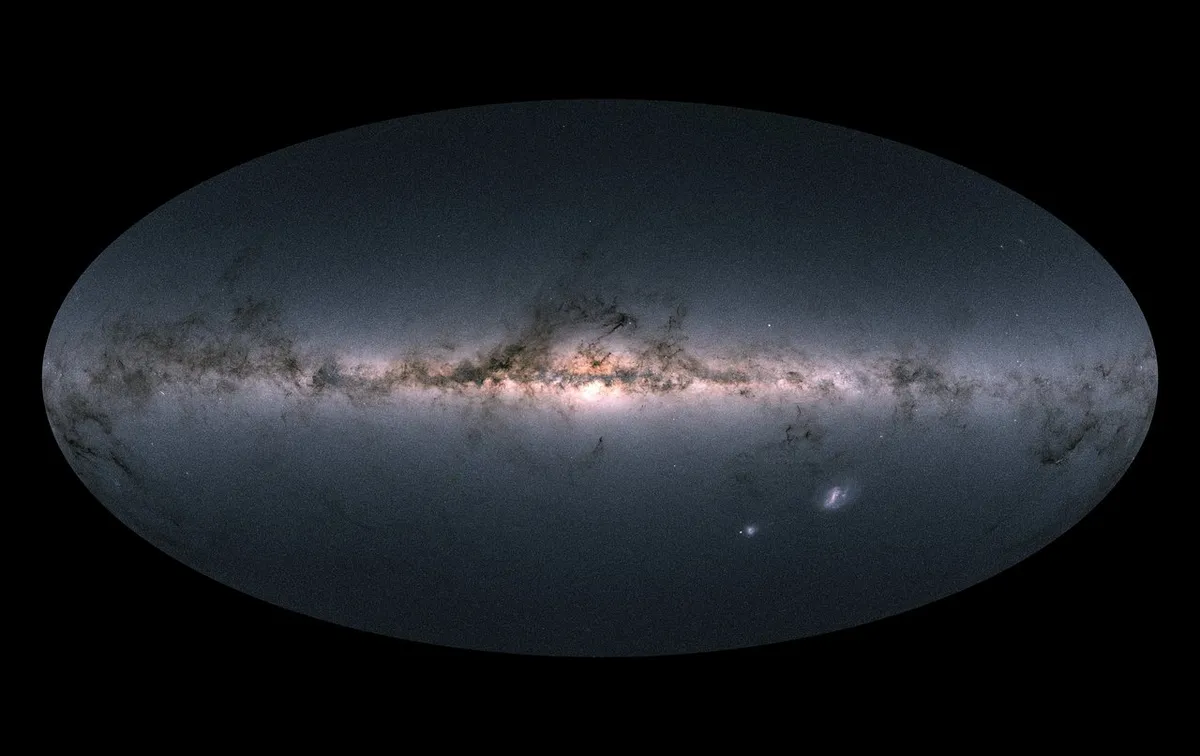When our far distant ancestors first looked up at the stars to create hand-drawn charts of the constellations, they began a process of exploration that has grown ever more sophisticated.
Nowadays, the three-dimensional data from missions like the European Space Agency’s Gaia provides a new key to these old maps.
A new scientific paper has sifted through a list of nearby stars surveyed by Gaia, looking for the youngest of them.

Young stars are important because studying them can reveal the conditions in which they formed, and help us understand what’s really going on deep in places like the Orion Nebula.
The fact that most young stars are found living gregarious lives as part of clusters or loose associations, for example, tells us that such stellar nurseries form multiple stars – and perhaps multiple generations of stars, with each wave of star formation triggering the next.

To see if evidence for this process is hidden in our local clusters, a team of astronomers conducted a study that began with five million of the closest stars.
For each, they looked at its properties and trained an algorithm to calculate the probability it has a particular age.
The task is difficult, as less than 1% of stars in our part of the Milky Way are truly young, born in the last 50 million years, but testing on model data shows that they do a good enough job.
Once young stars are spotted, a second algorithm can assign them to 27 clusters.
Studying star clusters

These star clusters range in scale from well-known objects such as the Pleiades, to the relatively obscure (ASCC 123 anyone?), and while some have only a few dozen stars, the mighty Sco-Cen group counts more than seven thousand of the stars in the data as members.
This largest cluster is interesting because the properties of its members depend on their position in the cluster, younger stars being further out.
This makes sense if you think of star formation as a Mexican Wave proceeding through a nebula, each round triggered by the previous one next door.
The authors even calculate the speed with which star formation moves: just over 4km/s, with the oldest stars belonging to a newly identified grouping called the Libra–Centaurus arc.

Stars, it seems, formed here and then the violent winds associated with their births stirred nearby gas, causing more fireworks.
There are also signs that things happen on larger scales. Smaller, low density groups identified in the constellations of Monoceros, Vela, Cepheus and Carina all seem to have evolved at the same time, suggesting that the physics that controls the behaviour of turbulent and star-forming gas can affect whole regions at once.
The process that produces stars in these relative backwaters may be very different, perhaps requiring a kick from a conveniently placed nearby supernova to get going.
The complex story of our neighbouring stars – and of the Sun’s role in this tale – will continue to unwind as astronomers dig into the Gaia data.
In doing so, they’re just adding to the long history of mapping our Universe.
Chris Lintott was reading Stars with photometrically young Gaia luminosities around the Solar System (SPYGLASS) I: Mapping young stellar structures and their star formation historiesby Ronan Kerr et al. Read it online at arxiv.org.
This article originally appeared in the July 2021 issue of BBC Sky at Night Magazine.
